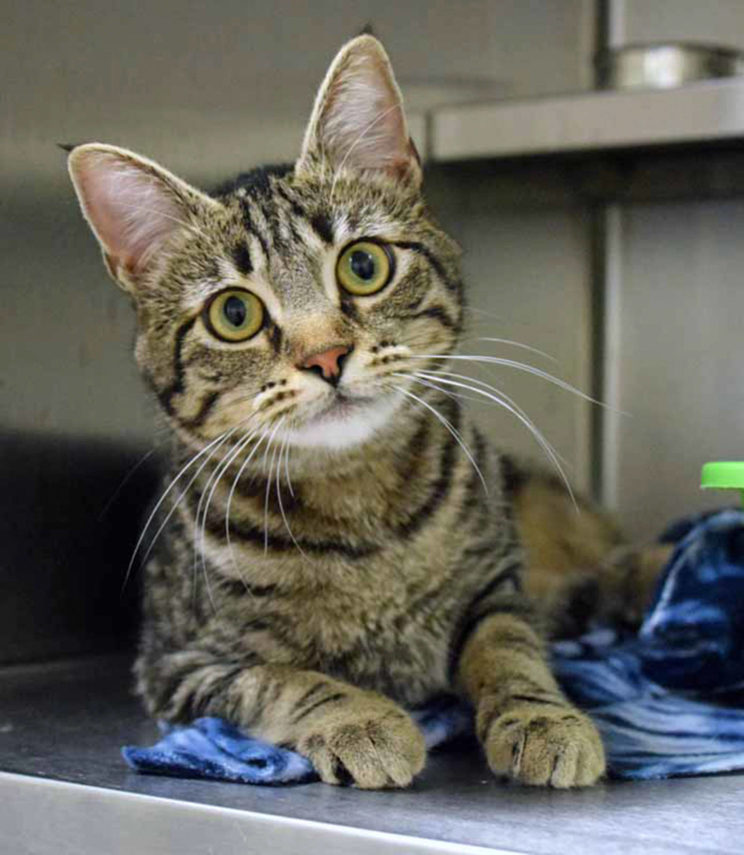
There’s been a 90% drop in the pound killing of U.S. dogs and cats since the 1970s. Despite a doubling of the number of animal companions, the number of dogs and cats killed has gone from roughly 16 million to as low as 1.5 million. Its been called “the single biggest success of the modern animal protection movement.”
Why? Here’s what a recent study, a follow-up review, and what my own analysis of the data and trends show.
First, it’s not geographical:
It would be easy to think that this is simply due to regional differences in attitudes toward animals. That theory, however, does not explain why a North Carolina dog is three times more likely to die in shelter than a dog in the neighboring state of Virginia. Nor does it explain why California, one of the most progressive states, has a dog euthanasia rate three and half times greater than Colorado.
For example, Fresno County in California has a euthanasia rate of 35 per 1000 whereas San Francisco’s is 1 or lower. If you look at expenditures, Fresno’s is around $15 per capita and San Francisco’s was around $30 per capita. But the five counties around Portland spend around $16 per capita and have a euthanasia rate one tenth that of Fresno.
And it’s not how affluent or impoverished the local population is (though the study suggested it was). There are too many counterexamples with hundreds of communities having placement rates above 90% (indeed many are above 95% and as high as 99%). A fair number of these communities also have relatively high rates of people living at or below the federal poverty line.
So why the decline?
Part of it is the No Kill movement’s laser focus on high volume adoptions, increasing not just the overall number of adoptions, but the percentage of people who adopt, rather than shop, for animals, a trend that is likely to continue as two states (California and Maryland) and over 400 cities have already banned the retail sale of commercially-bred animals in pet stores, with many more trying to do so. An industry report notes that the amount spent to purchase animals declined by 4.3% and is “the smallest area of total pet industry spend.”
Part of it is generational. Millennials and Gen-X tend to regard their animals as family and keep them for life, integrate them more into their daily routines, and value saving homeless animals, regardless of cost, compared to the Silent and Boomer generations. Spending on animal companions topped $70 billion for the first time last year. According to the latest report,
Today more than ever, pet owners view their pets as irreplaceable members of their families and lives, and it’s thanks to this that we continue to see such incredible growth within the pet care community.
Part of it has been the availability and widespread practice of sterilization. “Before 1970, the sterilization of pets by veterinary practices was relatively rare.”
Part of it is the No Kill movement’s demand for, and subsequent meteoric growth in the embrace of, community cat sterilization, instead of impounding and killing.
Part of it is our changing attitudes and growing success rehabilitating dogs with behavior challenges, traumatized animals, and a decline in fear-mongering about and subsequent laws banning dogs based on perceived breed.
But mostly, it is because we can. The single most important factor is that pounds are changing the way they operate. New shelter managers have moved away from hiding behind excuses (“it’s the public’s fault,” “there’s too many animals, not enough homes“) to embracing accountability and therefore solutions (specifically, all the programs and services of the No Kill Equation).
While there are still far too many animals killed, the data clearly shows that the country is on the verge of ending it. As I wrote in Redemption, my first book, over 10 years ago,
We are the generation that questioned the killing. We are the generation that has discovered how to stop it. Will we be the generation that does?
Without a doubt, yes.
The study, “Dog Population & Dog Sheltering Trends in the United States of America,” is available by clicking here.
A follow up analysis is available by clicking here.
Redemption is available by clicking here.
And a free documentary film version of Redemption is available by clicking here.
————-
Have a comment? Join the discussion by clicking here.